How Birds Get By way of the Winter
The Draw back with Winter
In areas the place winters are robust, survival all through this season is a significant issue for birds and totally different animals. It’s when many populations endure their highest mortalities.
There are three huge the reason why winter is a matter for birds. These are roughly the equivalent points that make life onerous for folks in winter.
First and most evident is the chilly. As warm-blooded beasts, birds ought to protect extreme physique temperatures inside a slim fluctuate. The colder their surrounding setting, the additional physique heat they lose to it. For a fowl to counteract this heat loss, it has to eat additional meals to gasoline its metabolism.
Nevertheless for lots of birds, meals is briefly present in winter. That’s the second trigger that winter is a matter. Birds need far more meals to deal with their physique temperatures on the same time of yr when meals is at its scarcest. Compared with spring and summer season season, inexperienced vegetation is proscribed and so are the bugs that birds eat. The panorama is relatively barren.
The third foremost trigger that winter is troublesome is that the instances are fast. That’s most dramatic throughout the elevated latitudes of the north and south, in places like Fairbanks, Alaska or Ushuaia in southernmost Argentina. Nevertheless the hours of daylight are comparatively few, even in a lot much less extreme latitudes, just like the place I dwell proper right here in Oregon, at about 45 ranges north.
Fast days combined with chilly temperatures are why crops and invertebrates are onerous to return by in winter. And birds, most of them anyway, are diurnal animals. They’re energetic solely by way of the day.
So putting all this collectively, we’re in a position to see the problem clearly: birds wish to deal with their warmth physique temperatures. To do this when it’s chilly, they need to ramp up their metabolism to generate adequate physique heat to compensate for the heat they’re shedding to the setting. Nevertheless a greater metabolism requires further meals. Meals is briefly present in winter. And for the reason that instances are fast, birds don’t have many hours of daylight to go looking out what little meals there could also be. On excessive of all that, winter nights are further prolonged and extra chilly. It’s an issue for a fowl merely to survive until the next daybreak.
This generally is a pretty robust situation. While you consider it, it’s very good that there are any birds that survive by way of the winter at extreme latitudes.
We are going to divide the strategies birds deal with winter into two huge courses: conduct and physiology. Birds have every behavioral and physiological permutations that let them to deal with the challenges of winter.
Sooner than we take a look at these permutations, let’s once more up and consider the metabolisms of birds and the best way they preserve their small our our bodies warmth and toasty.
Physique Temperature, Metabolism
In regularly language, we’re saying that birds are ‘warm-blooded.’ The technical phrase for that’s endothermic. Endothermic critters like birds, folks, and wombats generate their very personal internal heat. They protect their physique temperatures inside a selected and typically slim fluctuate. In distinction, ectotherms like reptiles, bugs, and so forth. rely upon the encircling setting to manage their physique temperatures.
How do birds and totally different endotherms generate their internal heat? Physique heat is sort of an accident of metabolism. Bazillions of chemical reactions chugging away contained within the quite a few cells of a fowl’s physique launch heat as a by-product. Over tens of thousands and thousands of years of evolution, birds have found how one can put this by-product to good use. They’ve co-opted the heat launched by metabolism for the goal of holding their cells and organs firing on all cylinders, it would not matter what the pores and skin temperature is. That’s useful because of, on the entire, a warm-bodied animal can switch and assume earlier than a cold-bodied animal.
Why is that? Successfully, there’s a relationship between temperature and the rate at which chemical reactions throughout the physique can occur. The warmer it is, the earlier the reactions run. A minimal of as much as some extent. If points get too scorching, each factor breaks down and goes all to Hell.
Nevertheless, on the entire, cell processes are additional atmosphere pleasant at hotter temperatures. These processes embody stuff like energy manufacturing from meals, muscle contraction, nerve signal transmission, restore and therapeutic, and waste elimination.
The lightning quick reflexes of birds and their power of flight demand a lot from the organs and cells, with high-speed chemical reactions ready to satisfy these requires. In reality, biologists hypothesize that the evolution of small physique measurement combined with endothermy—in several phrases, warm-bloodedness —was a compulsory precursor to the evolution of flight in birds.
So being endothermic is a sort of superpower. Not solely are birds and totally different endothermic animals additional cell and quick-thinking compared with most ectotherms, they will moreover dwell in a broader fluctuate of environments all around the world.
The worth of getting the superpower of endothermy is that it is vital to eat and eat and eat some additional. You have to preserve consuming regularly to stoke the fireplace of your metabolism. Over their prolonged evolutionary historic previous, birds have come to rely upon having warmth our our bodies. Their physique temperatures vary between 102 to 109 ranges Fahrenheit, which is 39 to 43 ranges celsius.
The protein molecules in birds’ cells and all these chemical reactions have been fine-tuned by pure alternative. They work best at physique temperature. So the behaviors and physiology of birds are geared in the direction of spending the least amount of energy to keep up their physique temperatures inside a slim, optimum fluctuate.
This generally is a wrestle in chilly places, because of birds are regularly shedding physique heat to the encircling setting. There are a variety of strategies this happens.
The first is radiation. Radiation is the swap of heat from a fowl’s physique to the setting, even when the fowl isn’t concerned with one thing. This radiation is inside the kind of infrared energy. In chilly environments, heat radiates outward from a fowl the best way during which heat blazes out of a wood vary. That’s why birds glow brightly if in case you have a take a look at them alongside along with your heat imaginative and prescient goggles. They’re radiating numerous infrared energy, considerably throughout the beak and face, the place they’ve few insulating feathers.
If a fowl is in direct contact with an object, it might moreover lose heat by one different mechanism: conduction. The factor could possibly be the underside, crops, water, irrespective of. If the merchandise is colder than the fowl, heat is sort of sucked out of the fowl’s physique and into the merchandise.The colder the merchandise a fowl is touching, the additional heat shall be carried out out of the fowl and into the merchandise.
Heat may even be misplaced by a third mechanism, which we title convection. This happens when the chilly object a fowl is concerned with is one factor that flows, like air or water. Take into accounts wind chill. Wind chill is the affect of heat being whipped away out of your physique by transferring air. That’s convection. Heat loss by convection is likely to be really extreme when a fowl is flying spherical in a cold setting. Air transferring over the flying fowl’s physique removes heat at a speedy tempo. Equally, flowing water removes heat by convection in swimming birds.
So the foremost strategies birds lose heat in winter are radiation, conduction, and convection. These phrases come from the physics of thermodynamics. One different bodily property that points a lot in how birds lose heat is their surface-area-to-volume-ratio. This property explains why big birds lose heat additional slowly than do small birds.
A small fowl like a Widespread Redpoll has a variety of pores and pores and skin—a variety of ground area—relative to its internal physique amount. So it has a extreme surface-area-
to-volume ratio. Heat is generated internally in a bit fowl’s physique, nevertheless that heat has an enormous ground from which it might radiate outward into the setting. Better birds, like Ravens and eagles, have a smaller surface-area-to-volume-ratio. They’re going to grasp on to their physique heat additional merely than little birds.
The physics and math needed to make clear this phenomenon accurately isn’t one factor we want to get into. So hopefully we’re in a position to all understand this intuitively. If nothing else, merely don’t forget that little birds lose heat earlier than huge birds.
Migration
If it’s bloody chilly and darkish and there’s no meals spherical, why don’t you merely get the heck out of there? That is, in spite of everything, exactly what many birds do. They migrate. Moderately than hunker down and endure by way of the frigid local weather and darkness, they fly en masse in the direction of the equator. These birds spend the winter the place circumstances are far more agreeable. They return to elevated latitudes to breed in summer season season, when meals is plentiful and the instances are great prolonged.
However, migration isn’t any stroll throughout the park. It comes with its private risks and tradeoffs. If migration had been easy, then we’re ready to consider that every one birds would escape winter by migrating. The question of why one fowl species migrates whereas one different species doesn’t migrate is an fascinating one. The reply isn’t always clear. I already did a complete weblog on migration, so take a look at that out in case you haven’t already.
The birds we’re specializing in are people who don’t flap their resolution to hotter latitudes in winter. We’re talking regarding the birds that face their points, head on; the hardy resident species that dwell in places the place winter is an precise slog.
However, a couple of of those resident birds nonetheless make seasonal actions. They fly comparatively fast distances to places the place their potentialities of survival are greater. As an example, birds that hang around throughout the mountains in summer season season will sometimes retreat to lower elevations when winter rolls spherical. Or a minimal of all through winter storms. We title this altitudinal migration. There are numerous examples of altitudinal migrants all around the world, like Yellow-eyed Juncos throughout the mountains of Arizona, Gray-hooded Sierra-Finches in Argentina, and Crimson-billed Choughs throughout the Himalayas.
Staying Warmth
We’ve already talked about how birds generate heat and the best way they will lose it. Now let’s see how they try to keep up their-hard earned physique heat. How do fowl’s preserve warmth?
By means of physiology and anatomy, a fowl’s largest safety in the direction of the chilly is its plumage. Feathers, notably down feathers, have an amazing ability to insulate in the direction of heat loss. Check out the weblog, Parts of a Feather and How Feathers Work.
Down feathers have a fluffy development that creates quite a few microscopic air pockets close to a fowl’s pores and pores and skin. The air is warmed by the fowl’s toasty little physique after which it stays trapped throughout the down feathers. Contour feathers on the pores and skin ground of the fowl help to deflect wind, rain, and snow away from the layer of insulating down. So contour feathers help cut back heat loss by convection.
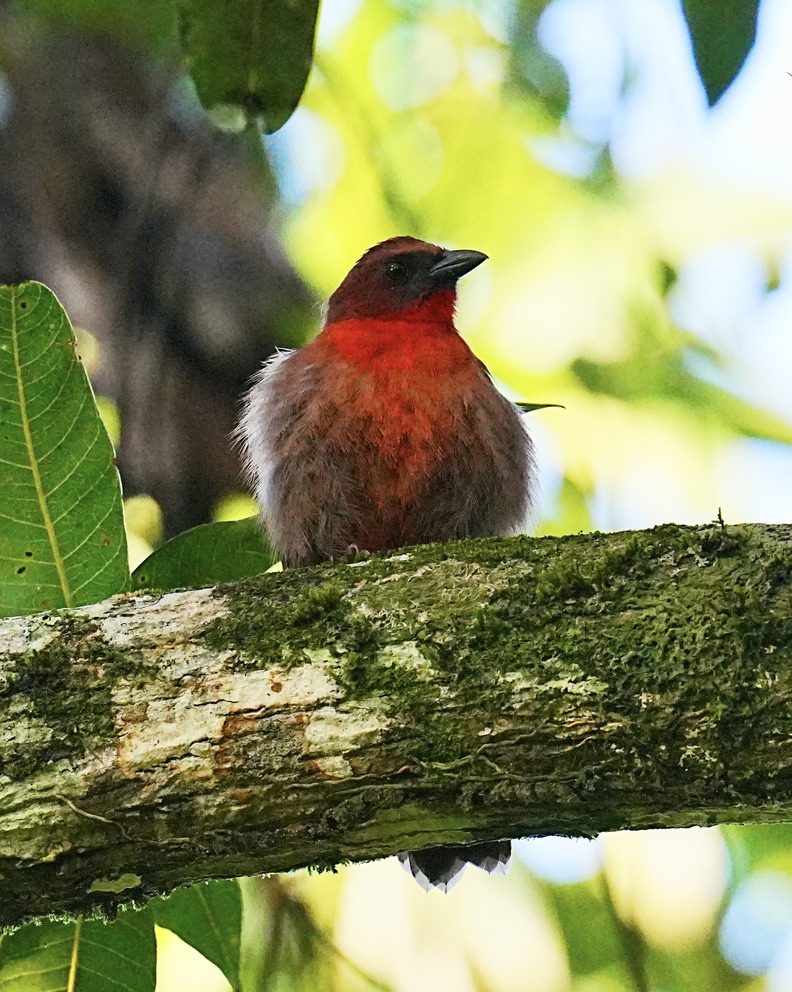
Usually birds look like fatter or additional spherically shaped in winter. It’s merely the outcomes of the fowl fluffing up its feathers briefly to create additional insulating air areas in its down. A fowl has muscle tissue that elevate or lower its contour feathers. This can dramatically and shortly change the overall type or silhouette of the fowl—from shiny and clear to puffball extreme.
Some birds develop further down feathers throughout the fall in order that they’ve a thicker coat of insulation when the ice and snow arrive. And birds can pack on some further fat to utilize as a provide of energy for metabolism. However, birds don’t fatten up pretty as rather a lot as mammals do as they prep for winter. Small birds, particularly, don’t have the luxurious of packing on far more weight. Nevertheless birds have one other strategies up their sleeves.
Birds that endure chilly winters adapt to seasonal modifications by acclimatizing. After a variety of days or maybe weeks uncovered to dropping temperatures, many birds acclimatize by way of physiological modifications on the cell diploma. They alter into greater at ramping up their metabolisms to generate heat in response to chilly local weather.
Let’s take an imaginary journey to understand this principal. Say it’s a scorching, shiny day in June and likewise you’re sitting in your car. You see a flock of little yellow and black birds flitting spherical, American Goldfinches. On a whim, you resolve to sprinkle some sunflower seeds spherical on the seats of your car, and one in all many unsuspecting goldfinches is lured into your car by the seeds. Rapidly the auto, you, and the fowl all time-travel into the most recent earlier, once more 6 months to January of the equivalent yr. There’s a gnarly snowstorm swirling spherical you, the temperature is properly underneath freezing and every of you are immediately chilled to the bone.
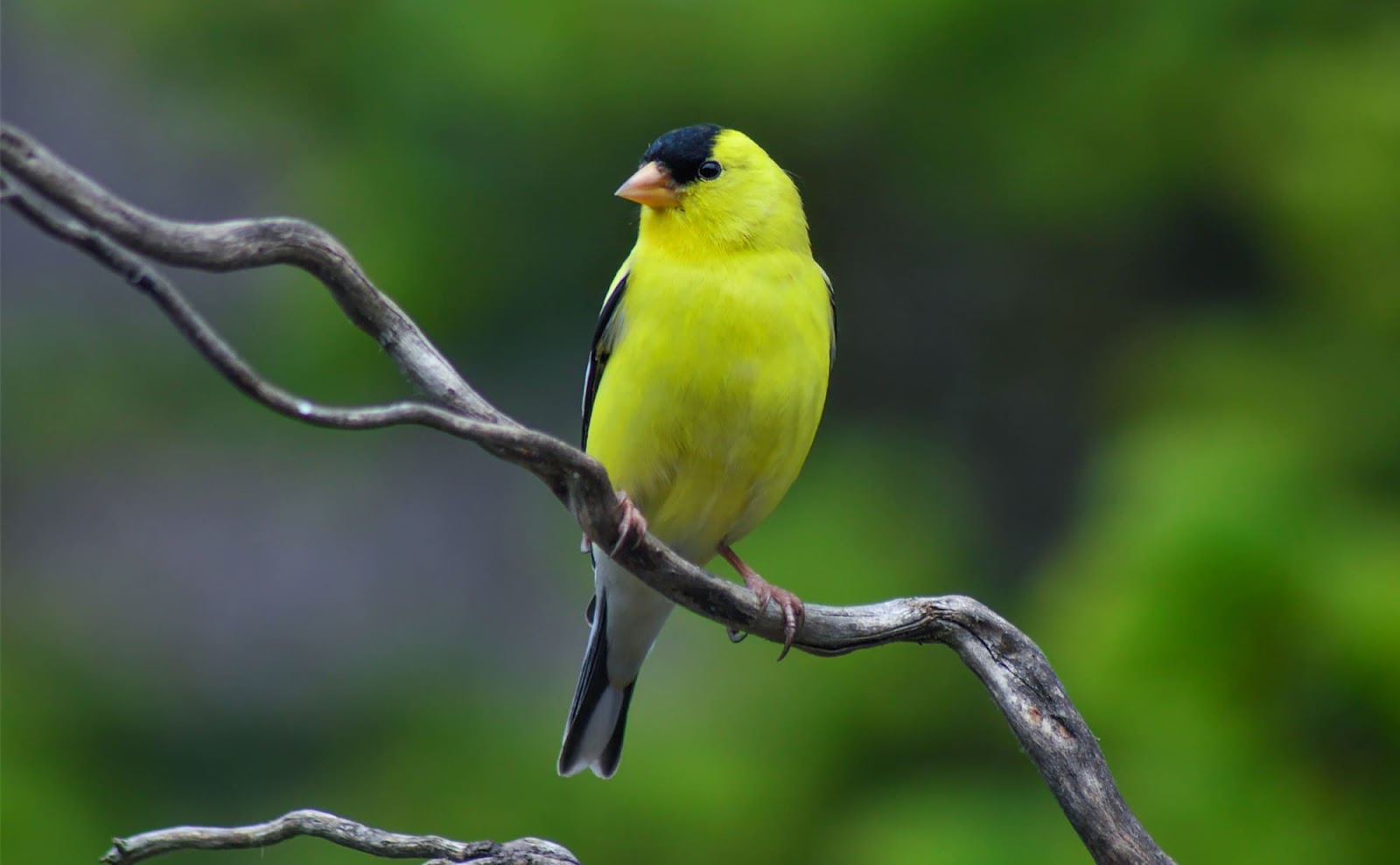
Up in a close-by tree, one different American Goldfinch is watching you. The fowl throughout the tree seems to be like cosy and glad. It seems to be tolerating the chilly pretty properly. Plainly that’s the exact same fowl that you simply simply kidnapped, nevertheless from the earlier. This January mannequin of the fowl is acclimatized to the chilly local weather. Its physiology had time to control to the low temperatures. So it’s not gorgeous that the January fowl is relatively cosy throughout the storm. Your little buddy from June is equivalent specific particular person fowl, but it surely absolutely’s going to get hypothermia and die shortly because of it’s physique had no time to acclimatize – and so will you in case you didn’t carry a coat. The winter mannequin of the fowl, nonetheless, can protect its common physique temp for as a lot as 8 hours, even when the temperature will get all the best way right down to minus 70 ranges Celsius. Acclimatization makes an infinite distinction.
One different physiological response that birds ought to the chilly is shivering. Their big pectoralis muscle tissue and usually their leg muscle tissue can contract to generate further heat. Accurately acclimatized birds can generate additional heat by shivering and have additional endurance for shivering than birds that aren’t acclimatized.
Now, have you ever ever ever seen a duck swimming spherical in a pond throughout the winter, surrounded by snow and ice? Or what a few gull standing on a little bit of floating ice? How do you assume your legs and toes would actually really feel in case you had been standing knee-deep in freezing water for hours? Or take into consideration standing barefoot on a slab of ice.
Birds like geese and gulls have a nifty trick for holding their our our bodies warmth in these situations, along with holding their legs and toes from getting frostbite.
Physiologically, these birds don’t even try to keep up their legs and toes at physique temperature. These appendages don’t have feathers or muscle tissue. They’ve principally no insulation. So it is going to take an infinite amount of energy to keep up them warmth on the common 106 ranges Fahrenheit or irrespective of. As a substitute, the fowl’s toes are allowed to sit back all the best way right down to nearly the ambient temperature. They’re saved merely warmth adequate to keep up from freezing. That’s known as regional heterothermy. That’s the place completely totally different areas of the physique have dramatically completely totally different temperatures. The toes are chilly, the physique is warmth.
A gull standing on a bit of floating ice has chilly toes, nevertheless why doesn’t the chilled blood from the fowl’s toes end up making the whole fowl chilly as a result of it flows once more into the physique? This doesn’t happen attributable to how the blood vessels are organized throughout the gull’s legs. Arteries with scorching blood circulation from the physique to the toes. Working parallel to these arteries, in shut contact, are veins with blood getting back from the toes. Blood is flowing in reverse directions in these side-by-side blood vessels. Heat from the arteries flows into the veins. So blood flowing to the toes is cooled down on the same time that blood flowing once more to the physique is warmed up. That’s how the fowl conserves its heat—most of it stays throughout the physique comparatively than getting misplaced by way of the toes. The technical title for this superior adaptation is countercurrent heat alternate.
So the anatomical and physiological choices of birds that preserve them warmth embody insulating feathers, acclimatization, shivering, and regional heterothermy combined with countercurrent heat alternate.
This brings us once more to conduct. What behaviors do birds have for staying warmth in winter? Successfully, one issue they do is strictly what folks do in winter: they search shelter. After they aren’t out looking for meals, birds uncover comparatively warmth, protected places to roost. These are microclimates the place there’s a lot much less wind and the place there could possibly be some insulation to retain heat. By selecting the right microclimate, a fowl can drastically cut back the amount of power it should burn to stay warmth.
Some woodpeckers chisel out cozy roosting cavities in ineffective bushes. Small songbirds will roost in earlier woodpecker nests or pure cavities in bushes. Or they’ll uncover protected areas deep among the many many branches of evergreen bushes.
Surprisingly, birds not usually make specific nests as shelter for the winter. You’d assume that will probably be an excellent suggestion. One hypothesis for why that conduct is unusual is that by returning to the equivalent conspicuous nest every evening, a small fowl might make itself additional weak to any watchful predators.
In North America, we do have one fowl that makes specific winter nests. The Verdin, Auriparus flaviceps, lives throughout the southwestern desert. This tiny, gray fowl has a shiny yellow face. Verdins make roosting nests to keep up warmth in winter. These nests are spherical and lined with vegetation and feathers for insulation. They’re constructed among the many many branches of desert shrubs. Verdins make utterly separate nests for elevating their households throughout the breeding season.
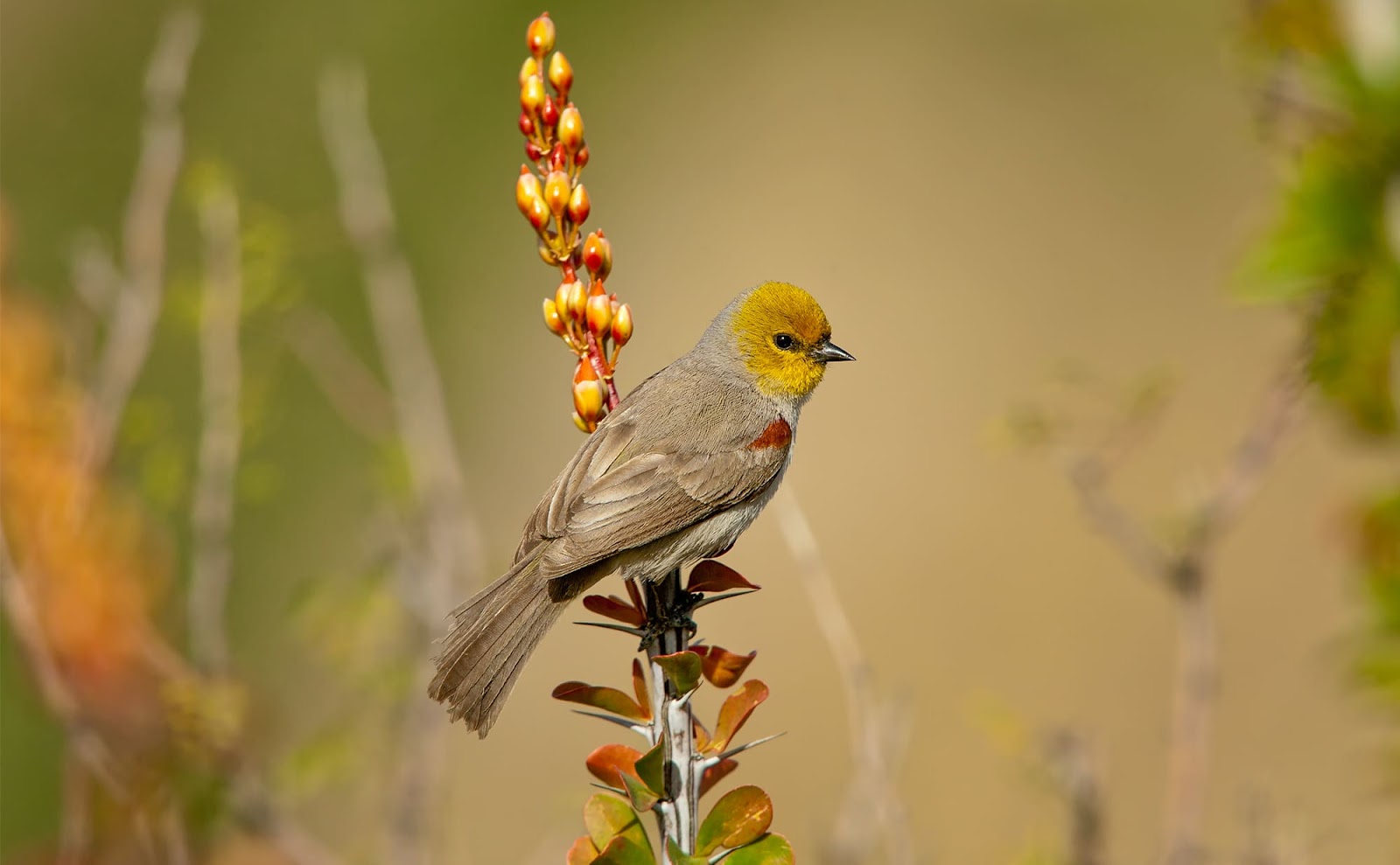
Grouse and ptarmigan are well-known for burrowing into snow for shelter. The Willow Ptarmigan and the Rock Ptarmigan, every throughout the genus Lagopus, are birds of the far north in Eurasia and North American. These birds are literally well-adapted for winter survival. In distinction to most birds, identical to the geese and gulls we had been talking about earlier, ptarmigan have feathers on their toes, along with their toes. The genus title Lagopus really interprets as ‘rabbit foot.’ Inside the winter, when evening comes spherical, ptarmigans use their feathered toes to dig into the snow. They tunnel by way of the snow and make a comfortable little burrow to spend the night in. If the local weather is harmful, a ptarmigan will preserve in its snow burrow by way of the day too.
With or with out shelter, birds can do a pair totally different points to keep up warmth. They tuck their beaks and faces beneath their scapular feathers to attenuate heat loss from the top.
And some birds will cluster collectively each night, huddling to keep up warmth. We see this conduct in chickadees, nuthatches, bluebirds, tree swallows, and kinglets, to name a few North American birds. Many various species all around the world huddle for warmth, along with mousebirds and bee-eaters in Africa and woodswallows and white-eyes in Asia. And naturally there are the male Emperor Penguins who huddle tightly in big groups, to survive throughout the darkness of the Antarctic Winter.
Whereas we’re talking about penguins… these birds are the precise masters of surviving in ridiculously chilly places. You can study and be taught additional on the weblog about Penguins.
Getting Ample Meals
Staying warmth by minimizing heat loss is barely part of the winter equation for birds. Moreover they need to get adequate meals to offer that metabolic heat throughout the first place.
Nevertheless meals is scarce. So getting adequate is a big drawback, day after day. That could be very true for small birds. Because of, keep in mind, small birds lose physique heat earlier than big birds. They need to eat a lot to make up for the heat that drains away from them shortly.
One important decision is to retailer meals. Birds of a variety of unrelated households are adept at storing and recovering nutritious meals nuggets. This conduct is called caching.
Ever marvel why the chickadees, tits, or nuthatches who go to your feeder seize a seed or two, fly away, then return a few minutes later to do it but once more? Sure, they’re consuming a couple of of those seeds. Nevertheless they’re moreover tucking some seeds into little nooks and crannies in tree bark. Days or maybe weeks later, they will keep in mind the place most, if not all, of these hidden caches are throughout the forest.
Members of the crow family, much like Clark’s Nutcracker and some jays, moreover squirrel away a complete bunch or 1000’s of seeds for later scarfing. So do some woodpeckers. Shrikes, too, retailer a couple of of their meals for winter consumption. The Good Grey Shrike in Europe caches ineffective crickets and small mammals by impaling them on thorns.
Cached meals can current 50% or additional of a fowl’s meals routine throughout the depths of winter. Nevertheless that additionally leaves a variety of meals that must be found by energetic foraging. For some birds, this isn’t that rather a lot harder than in summer season season. Woodpeckers, as an illustration, can nonetheless drill into wood to go looking out insect larvae. Many coastal birds can chow down on their regular fare of marine invertebrates when the tide is out. Ravens fill their bellies with meat from elk and deer killed by wolves. Owls and totally different raptors hunt small mammals and birds.
Nevertheless not everyone can rely upon a stocked pantry or plentiful prey. Survival is perhaps most precarious for small birds like kinglets. These tiny birds eat bugs and totally different arthropods and barely, if ever, eat seeds or totally different plant matter. You may have noticed that bugs are pretty scarce in winter. Amazingly, species identical to the Golden-crowned Kinglet in America and the Goldcrest of Europe can usually uncover adequate prey to survive the northern winter. These miniature-sized birds glean insect eggs and dormant arthropods like spiders from the small branches and leaves of conifers.
In 1966 there was an epically chilly winter with tons of snow. A look at was carried out on the winter survival of Finland’s birds. Researchers from the Faculty of Helsinki carried out a nationwide survey to judge the abundance and mortality prices of varied species. To avoid freezing and starvation, many birds merely migrated. These birds included species that head south every winter, however as well as some species that migrate solely facultatively. Facultative migrants switch to hotter places solely when terrible circumstances drive them to. Examples of facultative migrants on this look at included European Goldfinches and Bohemian Waxwings.
You will not be shocked to hearken to that the birds hit the hardest that winter had been the small resident insectivores. These birds couldn’t fly away, and they also couldn’t eat seeds or berries to get by. The Eurasian Treecreeper, Prolonged-tailed Tit, and Goldcrest all suffered heavy losses. The researchers estimated that virtually 90% of Finland’s Goldcrest inhabitants was worn out.
This evaluation moreover found that some fowl species obtained by way of the winter surprisingly properly. This was true for all members of the crow family, Corvidae. And the commonest seed-eating species fared properly too—birds identical to the Good Tit, Eurasian Blue Tit, Yellowhammer, and Eurasian Bullfinch.
It turned out that there was a clear clarification for the extreme survival prices of all these species. They’d been being fed by folks. Most corvids, tits, and finches survived the horrible winter of 1966 because of they might eat their fill of seeds and totally different treats at yard fowl feeders.
The researchers concluded that meals availability was essential challenge for survival. The frigid temperatures alone didn’t wipe out most birds. People who died had been those that couldn’t uncover adequate meals to stoke their metabolisms to keep up up with the heat loss.
The diminutive Goldcrests and totally different insectivorous birds of Finland not usually go to fowl feeders. So that they didn’t have an infinite, artificial present of meals identical to the seed-eaters. In that extreme winter, the little insectivores merely couldn’t uncover adequate meals to deal with their physique temperatures.
Makes you marvel how your yard feeder impacts the lives of your native avian associates. Does the meals we offer in winter make or break the survival of all these sparrows, chickadees, finches, hummingbirds, and jays? Usually, positive. Considerably all through episodes of maximum local weather.
Metabolism and Torpor
There’s yet one more winter survival hack that we haven’t talked about: Hibernation. What about hibernation? Everybody is aware of about hibernation in mammals. It’s that issue bears and groundhogs do. Along with mammals, many alternative animals moreover hibernate to get by way of the winter, along with some reptiles, amphibians, and invertebrates.
Nevertheless we don’t usually contemplate birds hibernating. However, many birds do one factor that’s sort of like short-term hibernation. This unbelievable physiological ability helps these birds survive when it’s chilly and meals is proscribed. It’s known as torpor.
That’s the place a fowl at leisure can let its metabolism decelerate and let its physique temperature drop underneath its common diploma. Usually properly underneath. Practically all birds that use this method accomplish that for only a few hours at a time, often at night.
A fowl in deep torpor isn’t ready to answer in a short while, if the least bit, to exterior stimuli. It’s not ready to alter into “fight or flight” mode when a hungry weasel or house cat comes skulking spherical.
So deep torpor has the foremost draw back of making a fowl extraordinarily weak to predators. Nevertheless, it’s really useful for surviving the night in chilly places. It must be, because of we observe torpor in a lot of fowl species, from a variety of unrelated households. These embody hummingbirds, swifts, mousebirds, fairy-wrens, and nightjars. Whereas in a torpid state, with their low physique temperatures, these little birds burn a lot fewer power, so that they’re additional liable to survive by way of these prolonged, chilly winter nights.
There is only one fowl species everyone knows of that stays in torpor for an extended time. It’s the Widespread Poorwill, Phalaenoptilus nuttallii. This generally is a small, nocturnal, insect-eating member of the nightjar family, Caprimulgidae. It lives all through western North America.

Inside the winter, a Widespread Poorwill will uncover a comfortable spot to roost on the underside, tucking itself beneath a cactus or amongst some rocks. When the ambient temperature dips underneath about 50℉ or 10℃, the fowl will usually go into torpor. A torpid poorwill’s physique temperature can get all the best way right down to about 40℉. Don’t forget that it’s common temperature could be spherical 106℉. And the fowl’s oxygen consumption whereas torpid is barely about 10% of what it often is. If all of this occurred in your physique, you’d be good and ineffective.
The poorwill shall be in a torpid state on most days for the whole winter. Luckily, the poorwill is amazingly well-camouflaged, with its speckled gray and brown plumage. It blends in moderately properly with a background of rocks and gravel.
People typically stumble all through these birds throughout the desert. Native Individuals really knew regarding the Widespread Poorwill and the best way it behaves in winter. The Hopi Indians known as it Hölchoko, which suggests, “The Sleeping One.”
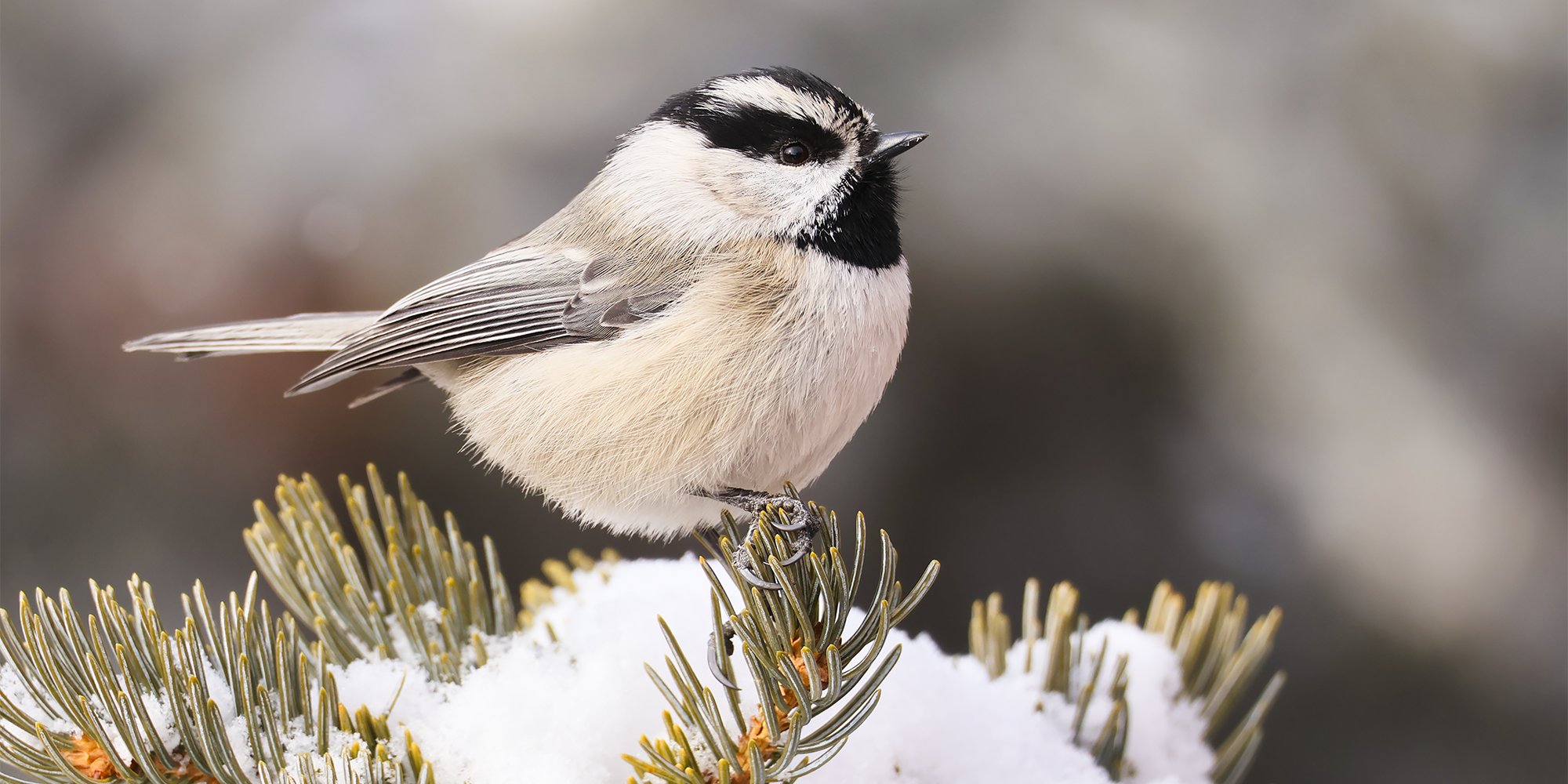
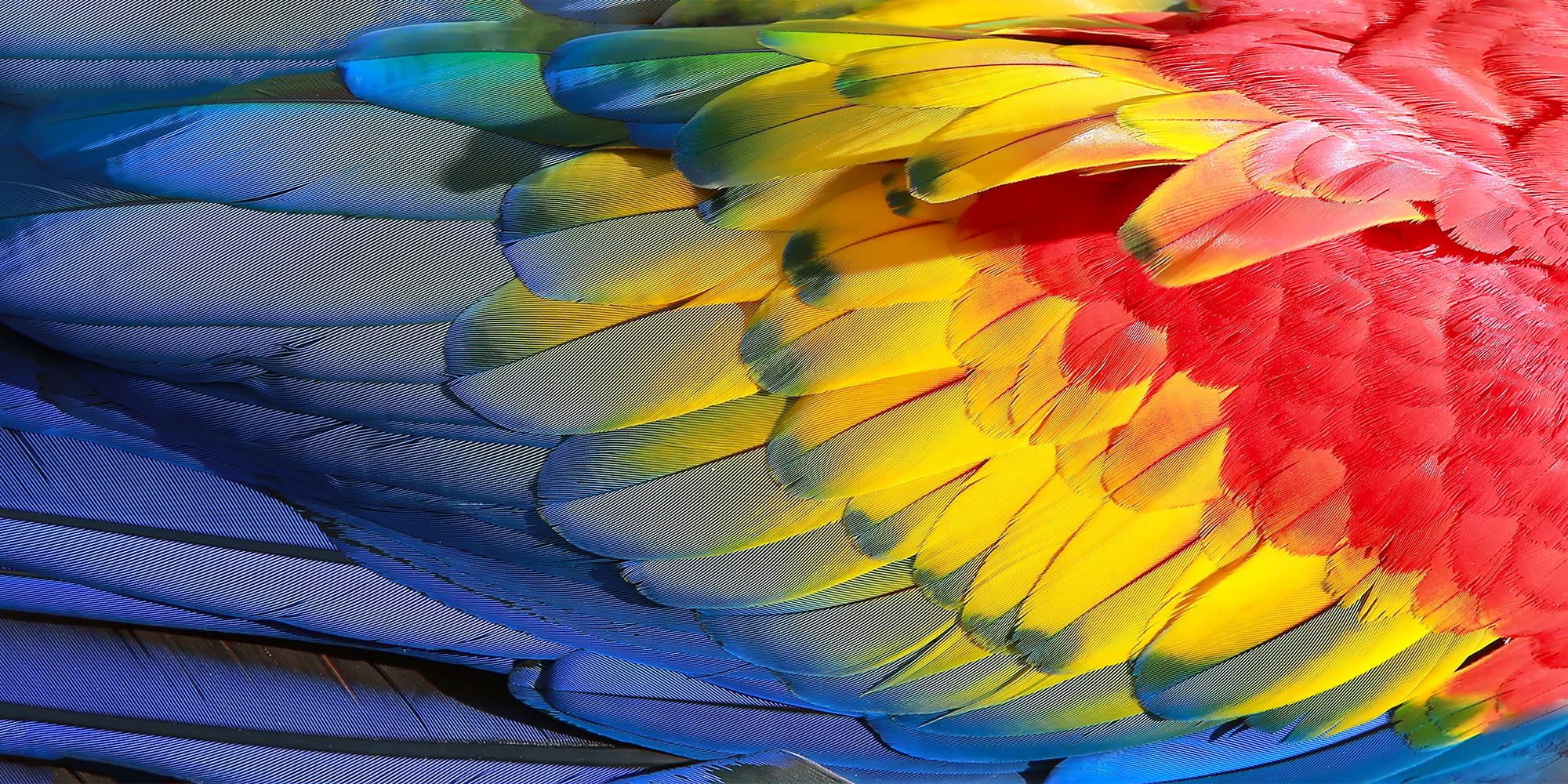
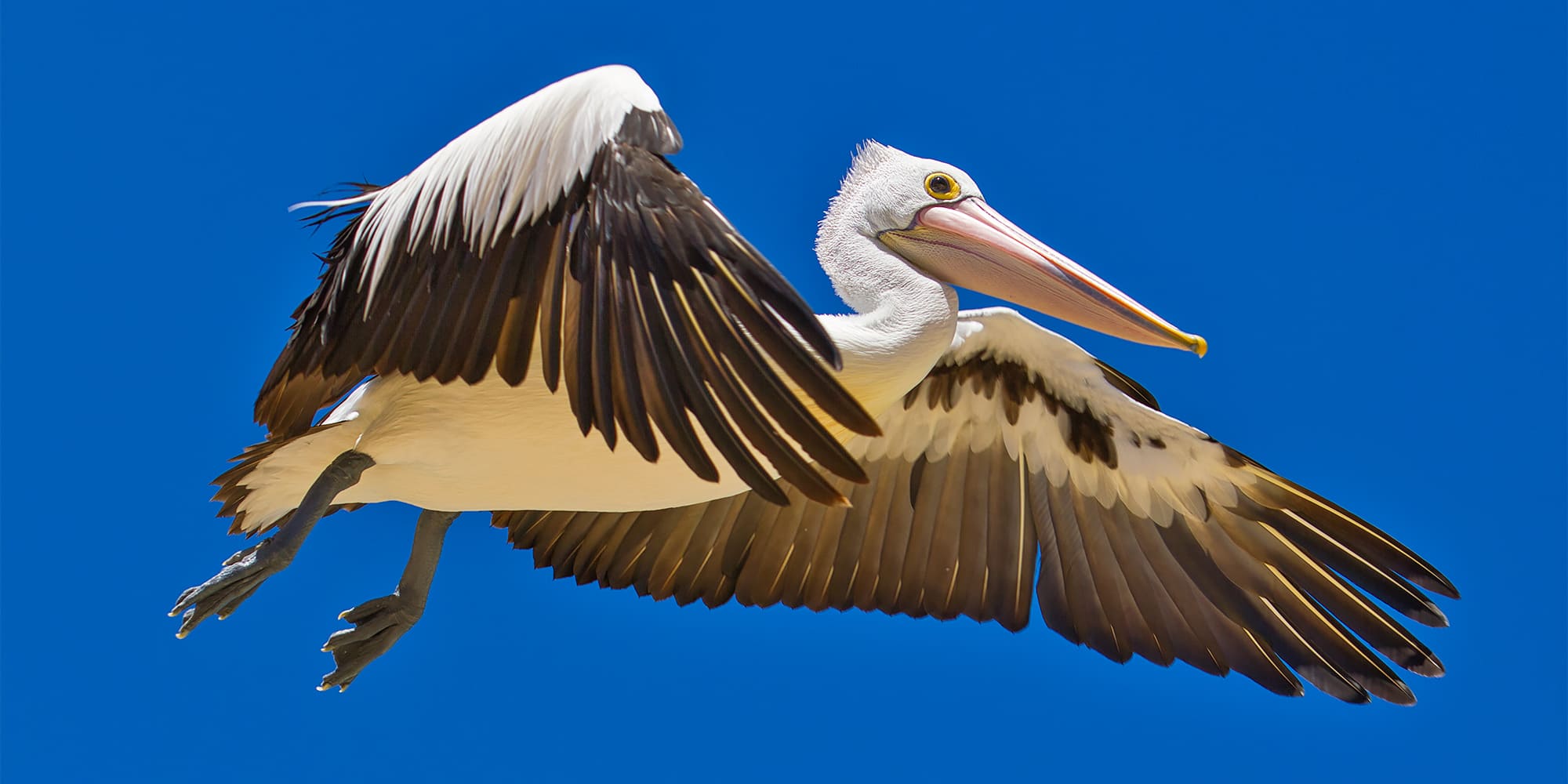
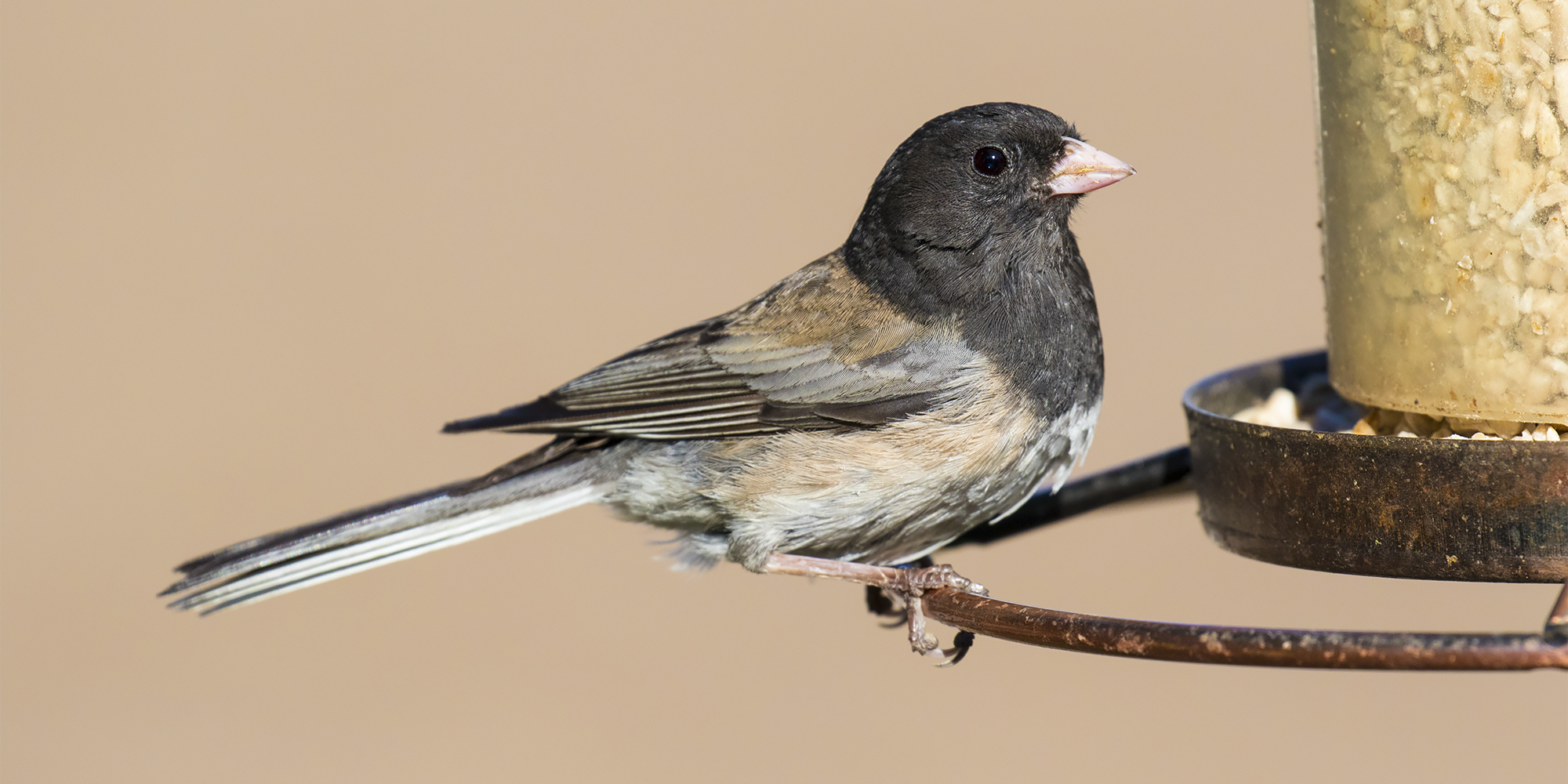

Post Comment